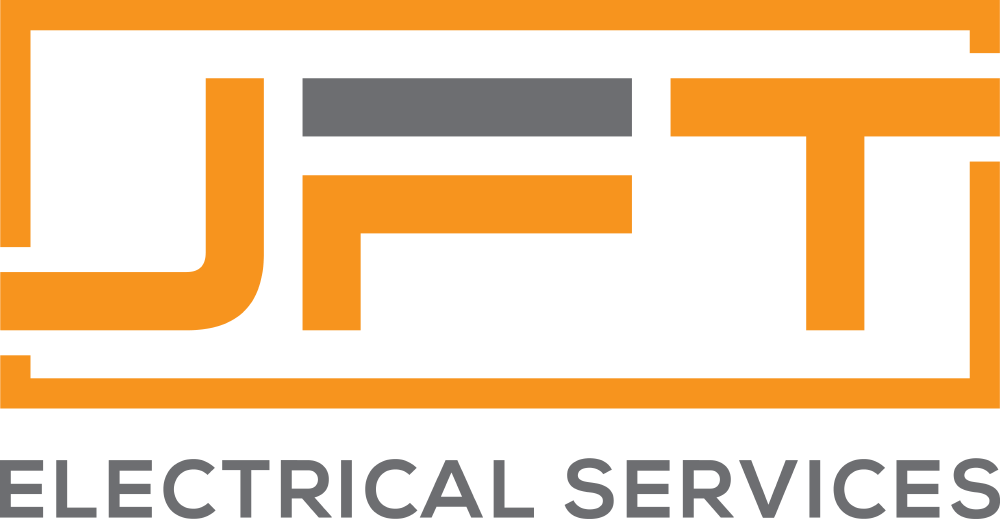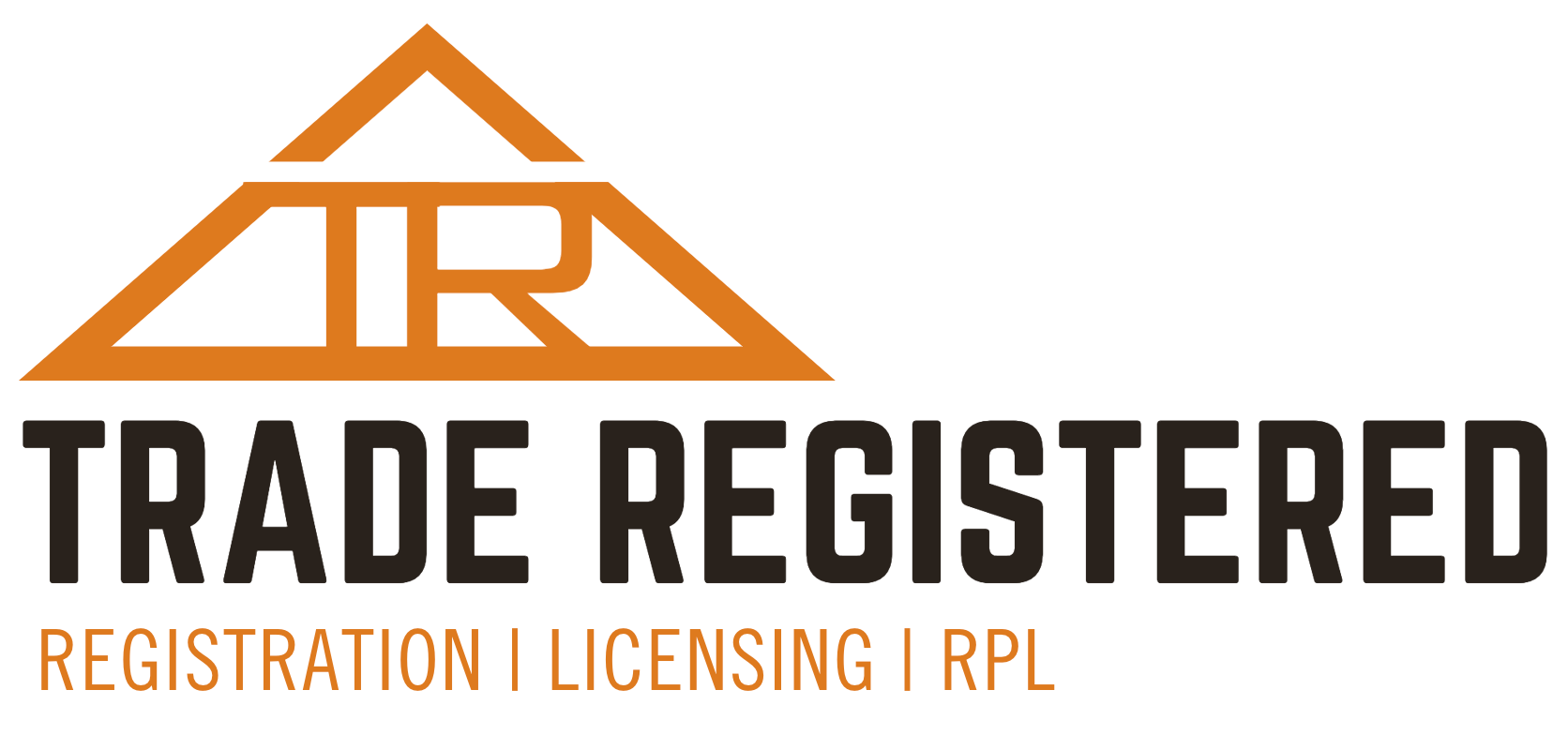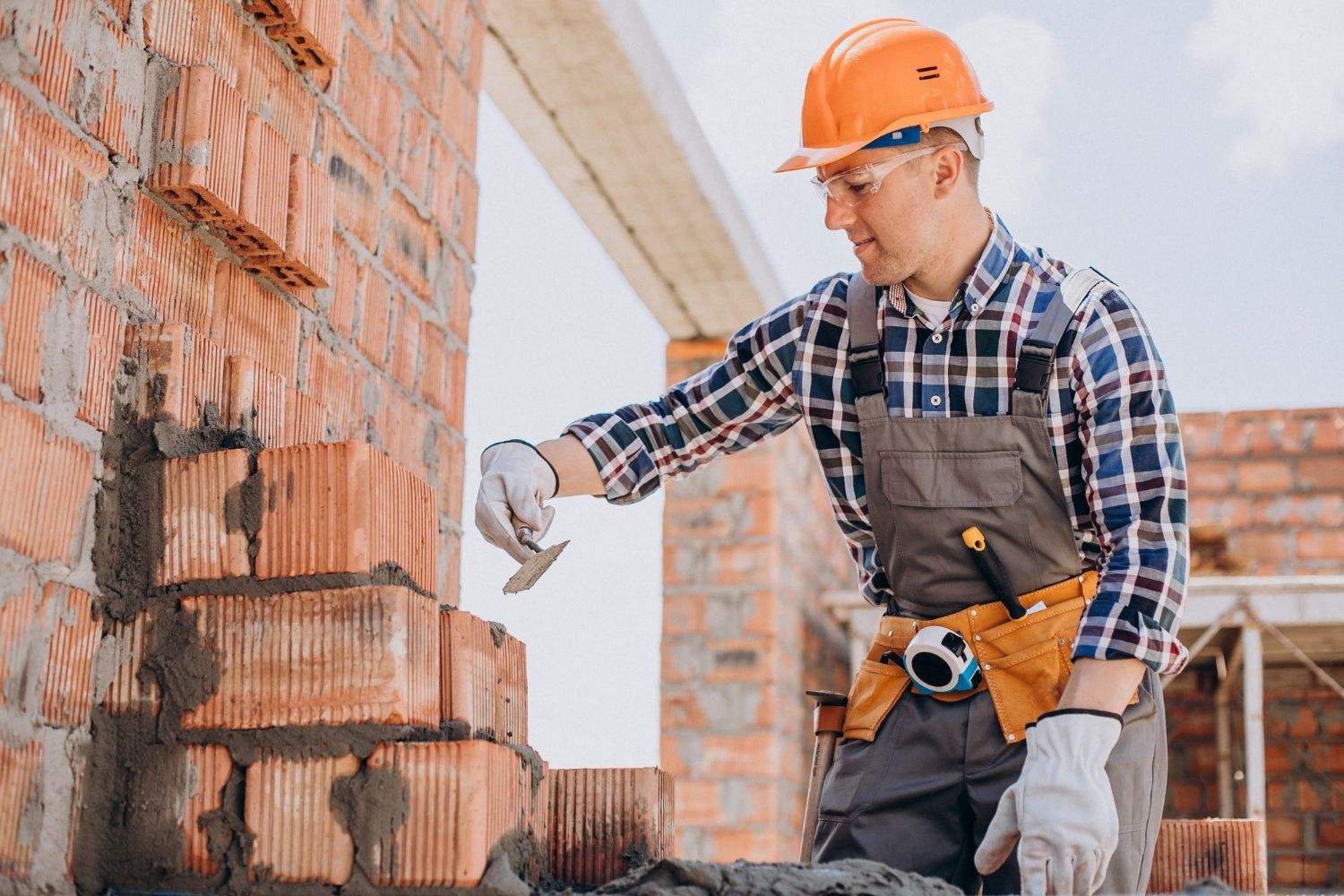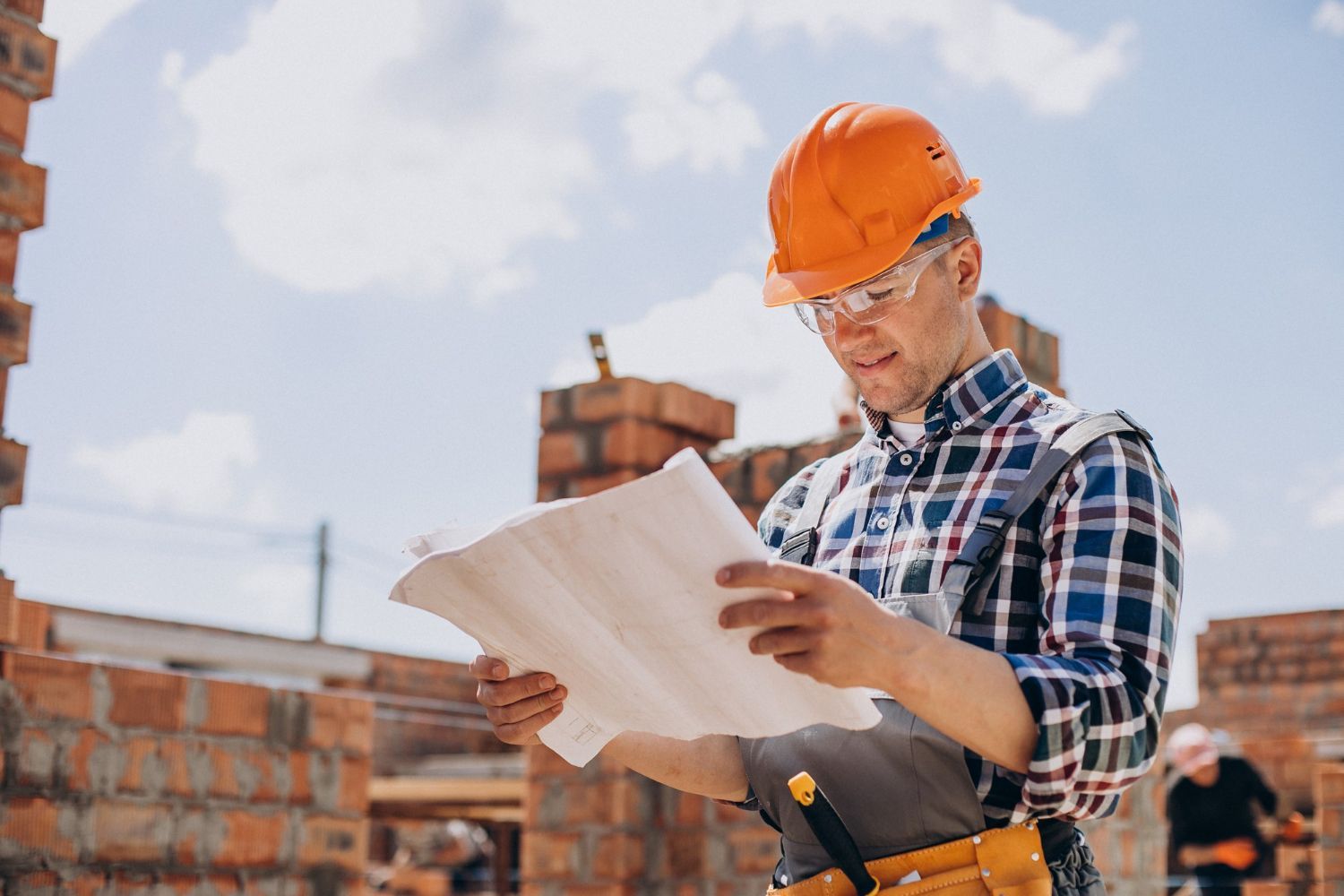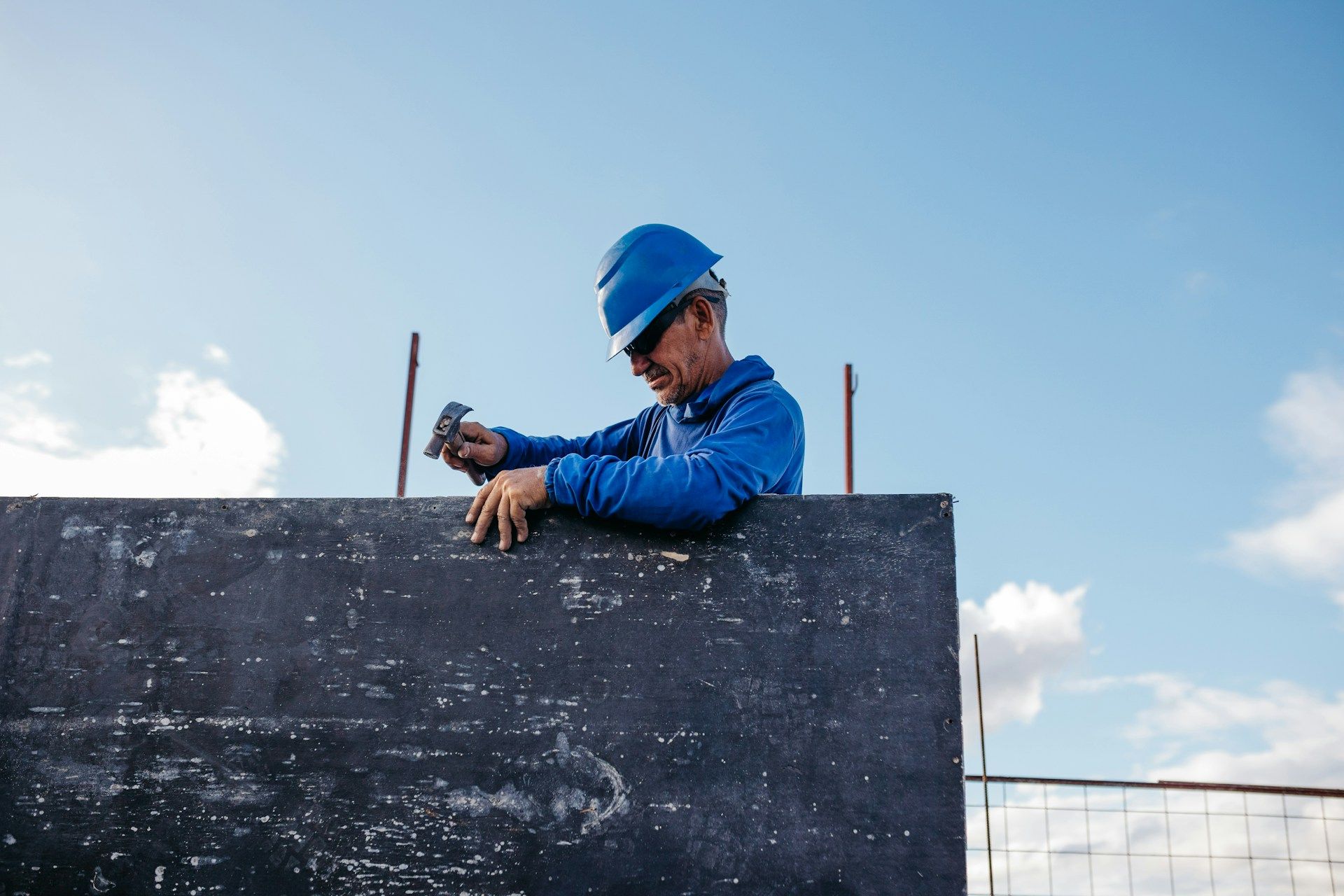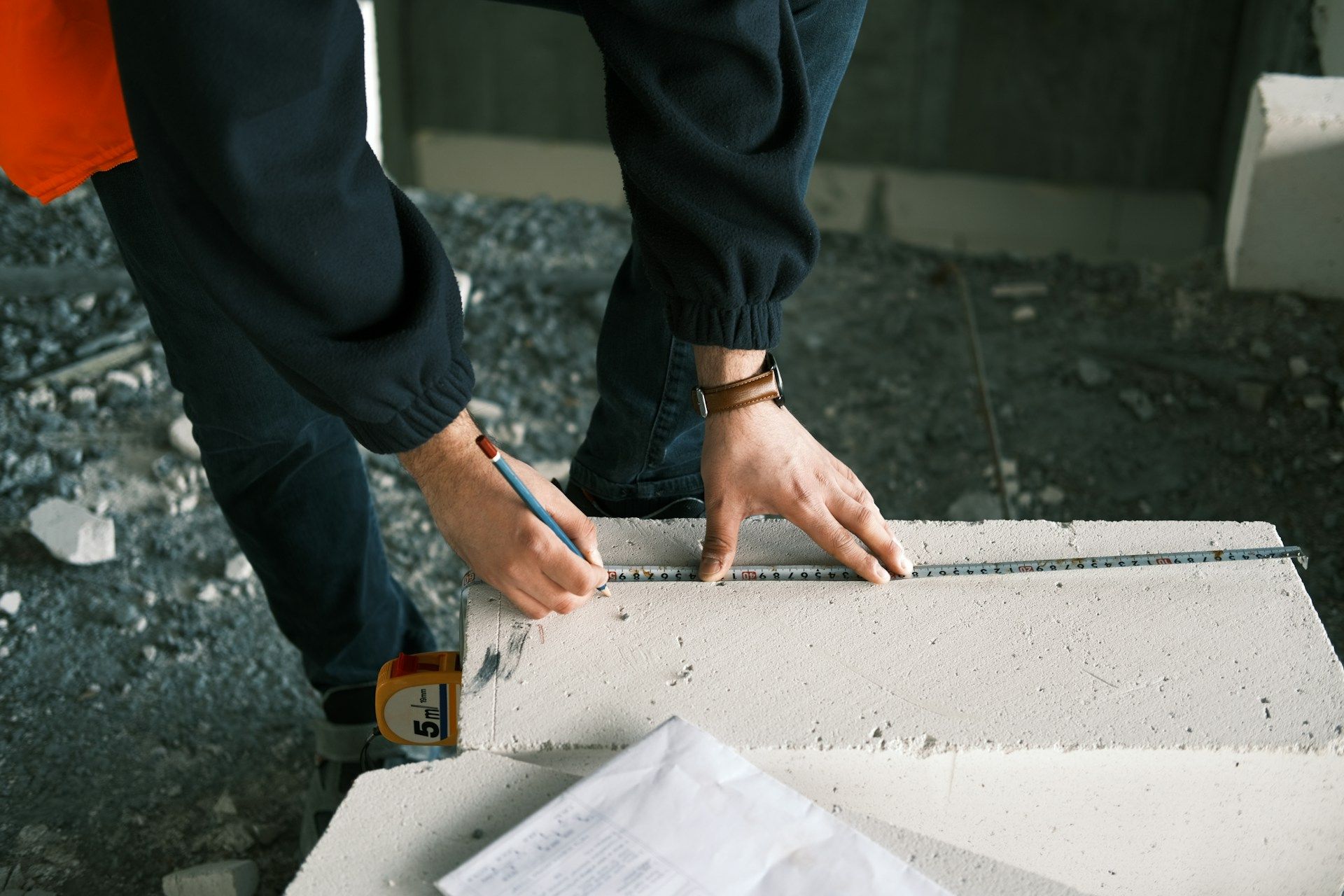The RPL Process Explained: Your Guide to Getting Recognised
Recognition of Prior Learning (RPL) is a valuable process that allows individuals to leverage their existing skills and experience to gain formal qualifications. This pathway is particularly beneficial for those who have gained substantial practical experience but lack the formal certificates to validate their expertise. Whether you’ve been working in the trades, construction, or any hands-on industry, RPL can provide you with the recognition you deserve.
The RPL process assesses your current knowledge and skills against industry standards, without requiring you to go through redundant training programs. Instead of spending time and money on courses that cover material you already know, RPL helps you fast-track your qualification by recognising what you’ve already learned on the job. This approach not only saves time but also opens up new career opportunities by providing you with the credentials needed to advance.
Understanding how the RPL process works can give you a clearer idea of how to utilise it to your advantage. By navigating through the steps involved, recognising the benefits, and being aware of potential challenges, you can make the most of this valuable pathway.
What Is Recognition of Prior Learning (RPL)?
Recognition of Prior Learning (RPL) is a process that helps people gain formal qualifications by recognising their existing skills and experience. Instead of taking classes that teach what you already know, RPL allows you to prove your knowledge through an assessment process. It's particularly useful for those who have gained their skills on the job but have not had the chance to earn formal qualifications.
In the RPL process, your current abilities are compared to the standards required for a qualification. If your skills match, you can earn the qualification without additional training. This is done by submitting various forms of evidence, like work samples, job descriptions, and references from employers. An assessor reviews these materials to determine if they meet the required standards.
RPL is especially beneficial in fields like construction and trades, where practical knowledge and hands-on experience are vital. By being recognised through RPL, you can get the formal recognition you need to advance your career and take on more significant projects.
The Steps Involved in the RPL Process
Understanding the steps involved in the RPL process can help you navigate it more effectively and make the most of this opportunity. Here’s a simple breakdown of the typical RPL steps:
1. Initial Consultation: The process often starts with a consultation with an RPL advisor. This step involves discussing your experience, understanding your career goals, and determining the most suitable qualification for you.
2. Evidence Gathering: Next, you collect evidence that proves your skills and knowledge. This could include documents like job descriptions, work samples, performance reviews, and references from employers or colleagues. Keeping detailed records of your work can significantly help this step.
3. Submission of Evidence: After gathering your evidence, you submit it to the RPL assessor for review. The assessor will evaluate whether your skills and experience meet the qualification standards.
4. Assessment: The assessor reviews the submitted evidence and may ask for additional information or a practical demonstration of your skills. This step is crucial as it ensures that your knowledge is up to the required standard.
5. Outcome and Certification: Once the assessment is complete, you receive feedback. If you meet the requirements, you will be awarded the certification. If there are gaps, the assessor may suggest further training to fill them.
By following these steps, you can navigate the RPL process more smoothly and increase your chances of successfully gaining the qualification that reflects your skills and experience.
Benefits of Completing the RPL Process
Completing the Recognition of Prior Learning (RPL) process can offer numerous advantages, making it a worthwhile pursuit for many professionals. Here are some key benefits:
1. Career Advancement: A formal qualification can open doors to better job positions and higher pay. Employers often prefer candidates with recognised credentials, which can make you stand out from the competition.
2. Time and Cost Efficiency: RPL allows you to gain a qualification without having to undertake unnecessary training. This means you can save both time and money, as you won’t need to attend classes that cover topics you already know.
3. Confidence Boost: Earning a formal qualification through RPL can enhance your self-esteem. Knowing that your skills and experience are officially recognised can give you the confidence to take on more challenging roles.
4. Professional Recognition: Having a formal qualification through RPL can earn you respect and recognition in your field. This credibility can lead to more significant projects and opportunities that may not have been accessible without a recognised credential.
These benefits highlight why completing the RPL process is a smart move for those looking to advance their careers efficiently.
Common Challenges and How to Overcome Them
Navigating the RPL process can come with its own set of challenges, but being aware of these hurdles and knowing how to tackle them can make the journey smoother:
1. Gathering Enough Evidence: One of the main challenges is collecting sufficient evidence to prove your skills and experience. Keeping detailed records of your work can help. Don't hesitate to ask past employers for references if needed.
2. Understanding Requirements: The specific requirements for qualifications can sometimes be confusing. To overcome this, consult with an RPL advisor who can guide you through the criteria and help you organise your documentation.
3. Time Management: Balancing the RPL process with your current job and personal life can be tough. Create a schedule that allows you to work on gathering and organising your evidence without overwhelming yourself.
4. Meeting Standards: Sometimes, the evidence you provide may not meet the required standards. If this happens, be prepared to undertake additional training or gather more detailed documentation to fill any gaps.
By addressing these common challenges head-on, you can increase your chances of a successful RPL outcome and make the process less daunting.
Conclusion
Recognition of Prior Learning (RPL) is an invaluable process for recognising your existing skills and experience, turning them into formal qualifications. By understanding what RPL is and the steps involved, you can efficiently navigate the process and reap its many benefits. From career advancement and cost savings to increased confidence and professional recognition, the rewards of completing the RPL process are substantial.
Challenges may arise, such as gathering evidence and understanding requirements, but with proper planning and support, these hurdles can be effectively managed. Embracing RPL can propel your career forward, offering new opportunities and validating the hard work you've already put in.
If you’re ready to advance your career, explore
builders licence training and the RPL process with Trade Registered. Our team will guide you through every stage, ensuring you receive the recognition you deserve. Contact Trade Registered today to take the next step towards formal qualification and professional success.
